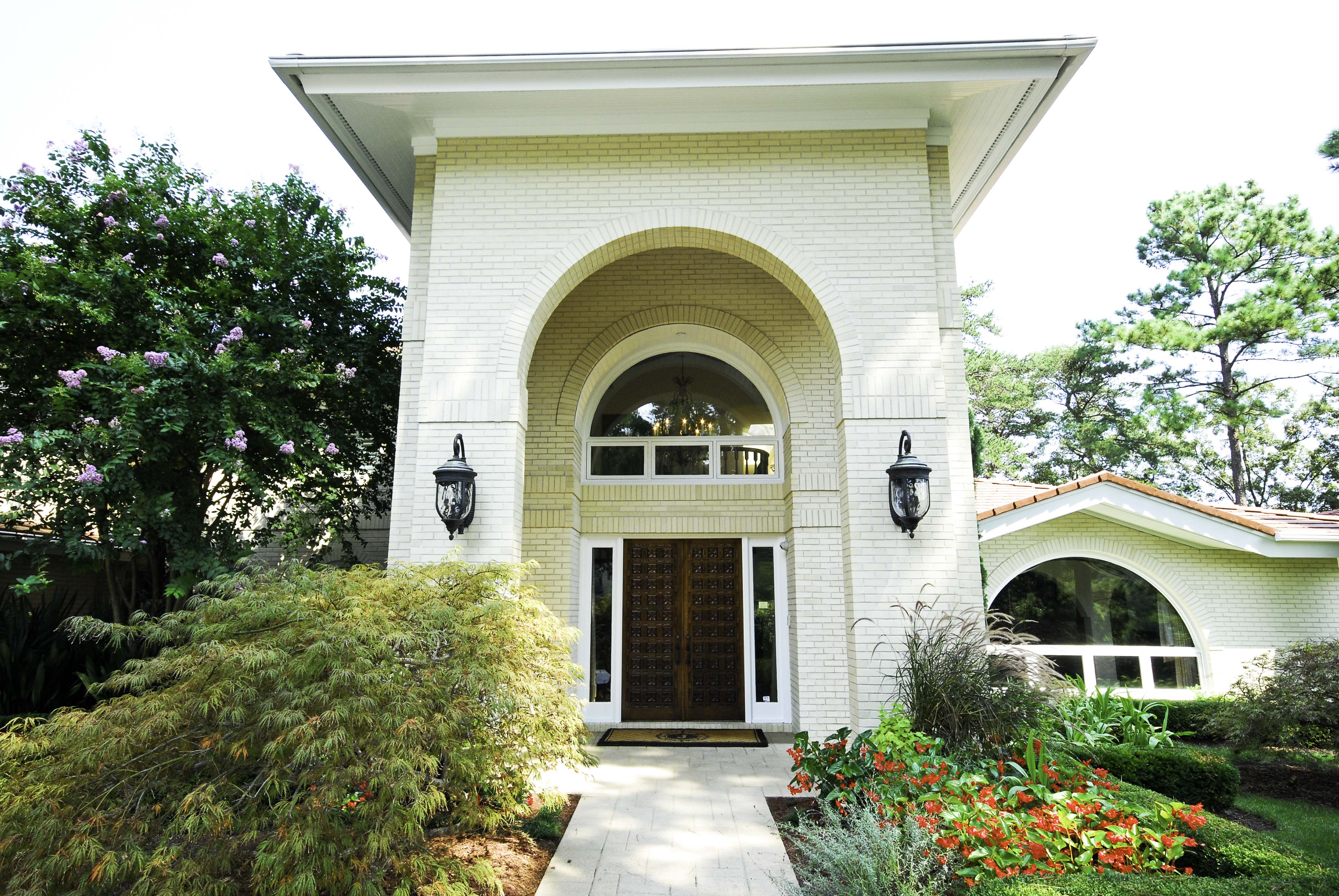You are currently browsing all posts tagged with 'house'.
Living in a small house just could be where It’s a Wonderful Life
posted on Thursday, December 5th, 2013 at 2:45 pmAs the economy has constricted the size of a new house has been diminishing too. [Five Reasons to buy a small house] That may be a good thing. There is coincidentally a growing body of current literature that promotes introspective living, less materialism and more focus on a lifestyle of simplicity. A sample of this literature includes Janet Luhrs and her Simple Living Journal, Michelle Passoff and her advocacy to Lighten Up and free yourself from clutter, Kathryn Robyn writing about a Soulful Home, and Sarah Susanka and her books about the virtues of a Not So Big House.
The amount of waking hours spent at home each day during a workweek for an average American worker has been clocked at under 4 hours. Millions of houses stand empty each day while appliances are heating and cooling the furniture, carpets and window coverings until the owner returns. And the idea of “home ownership” is something of a misnomer as well. What we typically own is a mortgage, not the house. We have the right to inhabit, maintain and pay taxes on what is fundamentally bank property while paying a monthly sum that may exceed its rental value.
When we visualize a future urban development pattern it is likely to provide a greater number of dwelling units per acre for all types of housing including detached single-family units. Older well-established cities will enjoy a bit of an advantage in attracting new residents with homeowners and renters returning from the suburbs to enjoy shorter commuter distances to work, cutting down on the use of the household automobile(s). Acceptable public transportation alternatives will become as attractive as they are already in Europe.
The global warming alarmists will sleep more peacefully and the air will be cleaner in this picture of future American city places. I also believe that households will have less stress in their lives, appreciating smaller living arrangements and closer inter-personal relationships. Households will have less space to store unnecessary junk, be less interested in acquiring more stuff to clutter their lives, and be more willing to make friends with households that are not like themselves.
If this view of the future American city place is a bit ambitious on my part I say okay, maybe it will take a little longer than my lifetime. Nevertheless it charges me with energy to promote living in small houses in more densely settled neighborhoods and learning to accept different types of neighbors next door. It is, after all, the season of brotherly love and kindness and the hallmark film of whatever my reader may be celebrating – It’s a Wonderful Life – is worth striving to reach.
Tags: cozy, family, house, lighten up, Luhrs, not so big, Passoff, Robyn, simple living, small, soulful home, Susanka, wonderful life
Four reasons to encourage and preserve NON-STANDARD BUILDING LOTS
posted on Tuesday, November 12th, 2013 at 1:58 pmWhat is a non-standard lot and how do they happen? Trying to fit a house on an odd shaped lot or a lot that is not the same as the majority of other lots in a neighborhood is the frequent cause of needing to apply for a variance at the local board of zoning appeals. A non-standard lot typically doesn’t provide the minimum width at the building line where the front wall of a house is supposed to be in line with the house next door.
As residential architects we enjoy dealing with the challenge of a non-standard lot. Builders, on the other hand, are happier when they can build the same house shape (changing the front elevation once in a while) over and over again. Sometimes I think that planners are persuaded to side with the builders who are constantly striving for sameness and street regularity.
- My Reason 1 for advocating that the boundaries of existing non-standard lots should be preserved, for the sake of neighborhood diversity. The special character of a particular residential street and the joy of living there for the various homeowners is improved with houses that do not all look the same. There is even a strong argument for deliberately encouraging lot layouts to be different in the same neighborhood so that houses cannot look the same as each other.The geometry of systematically drawing out lots for a new subdivision takes into account maximizing the number of possible lots in the context of providing a logical site drainage design, as well as compliance with the local subdivision ordinance. If one does this exercise with great diligence the end result is the absence of any non-standard lots.
Planners and site engineers may have gotten overly skillful, in recent times, laying out new subdivisions where the pattern of lots is perfectly uniform, perfectly boring. In is only when the subdivision process was more loosely enforced and developers were less concerned about repetitious products that non-standard lots came into being.
The City of Norfolk has a name for leftover lots in its urban neighborhoods. They are called Gem lots. Truthfully many of these lots are abandoned, now city owned, and need to be joined to adjacent properties for viable use and inclusion on the property tax roles. Occasionally the Gem lots can stand alone as a property for a new single-family home. We have designed homes as narrow as 12-0 feet for such a property.
- This brings me to reason number 2 for advocating restraint in the elimination of non-standard lots: an appropriate house for such a lot may need to be more compact and thereby more affordable to a family that otherwise could not own a home. Habitat for Humanity is just such a vehicle for getting this to happen with non-standard lots. We have created many houses for non-standard properties that were donated to HfH to build a home with volunteer labor and the world is better off for it.
- Reason number 3 for relishing the preservation of non-standard lots is the increased number of dwelling units per acre, higher urban density. This idea makes some surrounding homeowners nervous. More people living on my street could mean introducing a household that is “not like me” and more traffic and general fear of the unknown. Actually the social health of a neighborhood is improved by diversity and density; bringing with it an increased level of public services including police and fire protection, schools and public transportation.
- My 4th reason for standing up for preserving the existence of non-standard lots is the most compelling of all. To do so promotes a sustainable living choice by allowing a new house on a property that is already developed for construction, including the existence of public sewer and water and sidewalks and garbage collection and on it goes. Simply said, building on an in-fill lot saves energy and reduces the carbon footprint for a new home better than any other population growth strategy possible.
I was motivated to write this article from a question that was asked by a planner wanting to know what regulations may have been used elsewhere, for community wanting to follow a standard procedure to consolidate a non-standard lot into a larger parcel. I hope that the lots in question can be developed separately. We love the technical challenges and the social rewards of designing homes for non-standard lots.
Tags: baltimore, canton, house, lot, narrow, non-standard, plan, urban
Winthrope Avenue Residence
posted on Thursday, January 31st, 2013 at 11:51 amVirginia Beach, VA
Winthrope Avenue residence is a Southwestern style architecture remodel, built in Southeastern Virginia. The scope of work included adding living space on a portion of the second floor of a single-story house, providing views of the pool and waterfront site beyond as well as a prominent main entry to the house. The design was modeled in 3 D to demonstrate visual balance of the second story additions with the exiting structure that was to remain one-story.
Tags: addition, house, remodel, virginia beach











